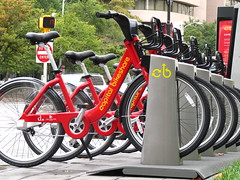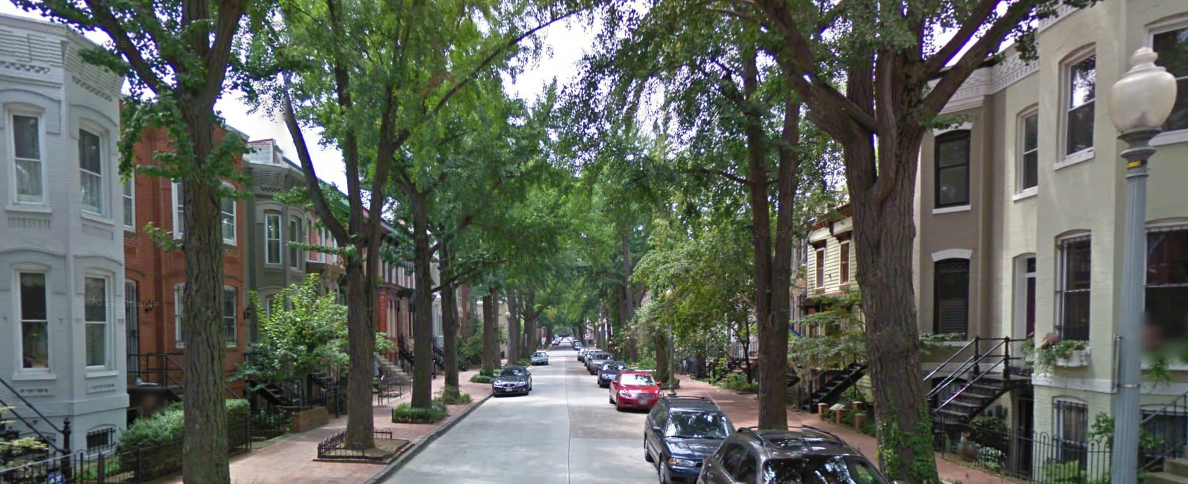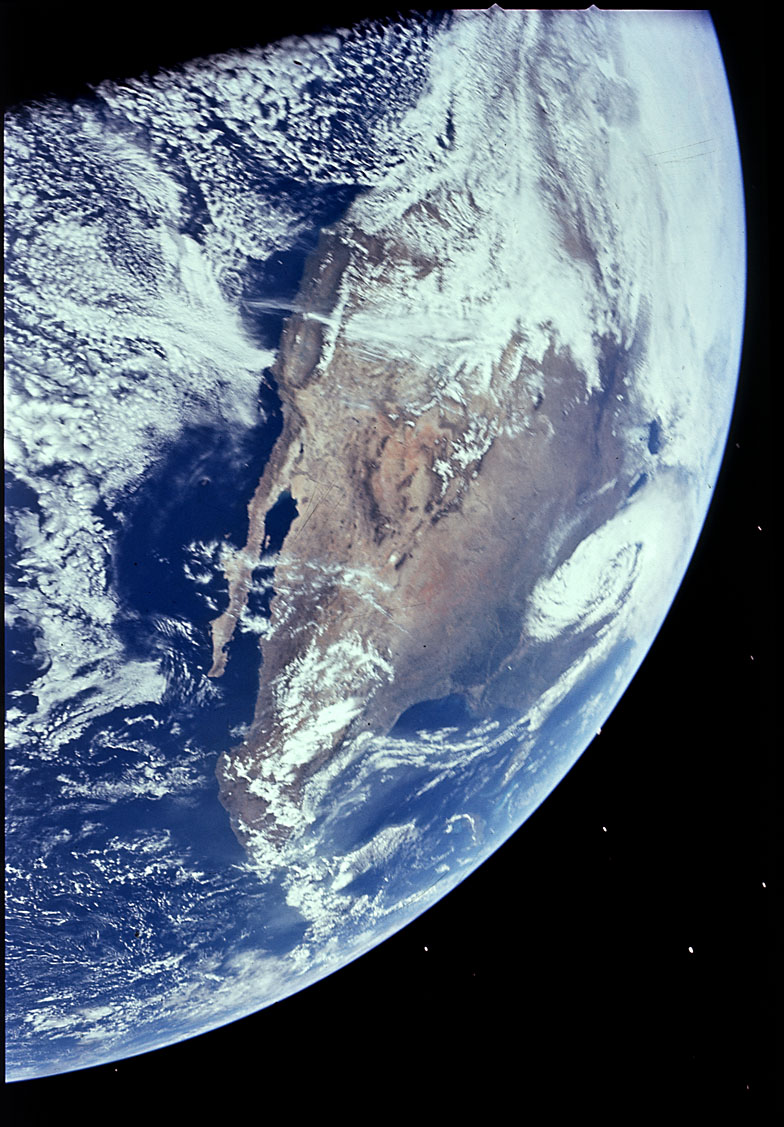[youtube http://www.youtube.com/watch?v=26xOvGADc4c]If you have 45 minutes, listen to Chris Leinberger's presentation in Kansas City about walkable housing development. He makes a strong argument for building more walkable centers for those that want it - exactly the sort of thing Marin and Sonoma are planning around their SMART stations and exactly the way our towns were built a century ago. (SGA)
Marin County
- Caltrans has allocated another $112 million to widening Highway 101 between Sonoma and Marin, not quite enough to bridge the $177 million gap in its billion-dollar widening project, duplicating much of SMART's future service. (NBBJ)
- Golden Gate Ferry workers went on a surprise strike last Saturday to draw attention to stalled contract negotiations. Terminal attendants want a raise as compensation for new duties they took on after ticket takers were laid off, while sailors and captains want private quarters aboard the ferries, among other complaints. (IJ)
- The Board of Supervisors spent $75,000 in discretionary funds this quarter on items ranging from high schools to the opera. Where did your Supervisor invest discretionary funds this quarter? (IJ)
- As expected, Novato will move ahead with its downtown office plan, voting 3-1 to proceed with construction. (Pacific Sun)
- The Drake's Bay Oyster Company has been farming oysters in Drake's Bay for over a century, but the National Park Service may not renew their lease. Though the arguments for and against renewal have revolved around science, the basic question is philosophical - whether a wilderness area should have commerce. (Pacific Sun)
- A nifty tool developed by the Greenbelt Alliance shows the various greenfield developments on open space. Though it doesn't seem comprehensive, for what it has it's quite useful. (Greenbelt Alliance)
- If your bike was stolen recently, it may be in police custody. Hundreds of bikes were found after SFPD busted up a ring of thieves, and they've released pictures of the merchandise. (SFist)
The Greater Marin
- As it turns out, Marinites aren't the only ones who value their walkable town centers. Homes in walkable neighborhoods command significantly higher prices than places that are not. Even Des Moines, IA, is getting in on the action. (NYT, Des Moines Register)
- The explosive growth and new-found prosperity of Washington, DC, is based on childless singles and couples, who each net the District about $6,000 more per year than those with children. (These are the same folks Marin excludes due to density policies.) Now that these singles are getting married, can Washington adapt? (Atlantic Cities)
- About 25,000 San Franciscans were forced off the road when a handful of people driving private automobiles, with police escort, pushed their way into a street fair on Sunday. The action ended the celebration and opened the way for through traffic. (Examiner.com)
- The Golden Gate Bridge was never in danger of collapsing on its 50th Anniversary, despite the spooky sight of a bridge flattened by the massive crowd in the middle. (Mercury News)
- How hard would it be to rebuild the Golden Gate Bridge were it done today? Given environmental review, agency oversight, and a more contentious political environment, it's safe to say it would be tough. (IJ)
- The tallest building in the West will redefine San Francisco's skyline and serve as the centerpiece of the new Transbay Terminal. The building was approved over objections from people concerned about shadows. (Chronicle)
- The sector plan for Santa Rosa's northern SMART station is coming together nicely, with a great deal of effort to move people away from cars, reconnect the street grid, and apply the kind of density this sort of project can support. Not everyone is happy, however, with Coddington Mall managers especially concerned over new rights-of-way called for in the plan. (Press-Democrat)








 San Anselmo-Fairfax Patch reports that the Fairfax Council has approved Good Earth's plans to move to
San Anselmo-Fairfax Patch reports that the Fairfax Council has approved Good Earth's plans to move to